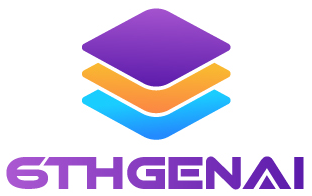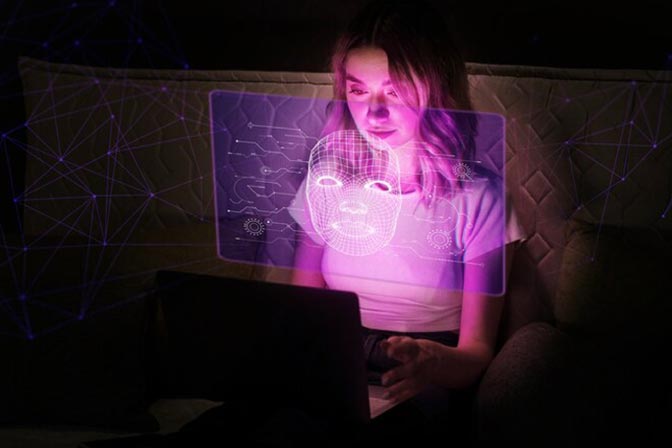"Let’s Explore One of the Most Useful AI Services in AWS for All Needs, A Quick Dive into AWS Rekognition"
1. Introduction to AWS Rekognition
What is AWS Rekognition?
AWS Rekognition is a comprehensive computer vision service provided by Amazon Web Services (AWS). It is a part of the AWS Artificial Intelligence (AI) suite of services and enables developers to add image and video analysis capabilities to their applications. With Rekognition, you can identify objects, people, text, scenes, and activities in images and videos, enabling a wide range of use cases.
Key features and capabilities
- Object and Scene Detection: Identify and label objects, scenes, and activities in images and videos.
- Facial Analysis and Recognition: Detect and analyze facial attributes, emotions, and recognize individuals in images and videos.
- Text Detection and Recognition: Detect and extract text from images and videos, enabling optical character recognition (OCR) capabilities.
- Content Moderation: Automatically detect and filter inappropriate or offensive content in images and videos.
- Personalized Recommendations: Provide visual search and product recommendations based on image analysis.
Key features and capabilities
- Object and Scene Detection: Identify and label objects, scenes, and activities in images and videos.
- Facial Analysis and Recognition: Detect and analyze facial attributes, emotions, and recognize individuals in images and videos.
- Text Detection and Recognition: Detect and extract text from images and videos, enabling optical character recognition (OCR) capabilities.
- Content Moderation: Automatically detect and filter inappropriate or offensive content in images and videos.
- Personalized Recommendations: Provide visual search and product recommendations based on image analysis.
2. Use Cases and Applications
- Media and Entertainment: Content moderation, video analysis, and metadata enrichment for media assets.
- Retail and E-commerce: Product image analysis, visual search, and personalized recommendations.
- Security and Surveillance: Facial recognition, object detection, and activity monitoring for security applications.
- Social Media: Content moderation, facial recognition, and image/video analysis for social platforms.
- Healthcare: Medical image analysis, patient monitoring, and diagnostic assistance.
- Automotive: Autonomous vehicle perception, object detection, and pedestrian recognition.
3. Getting Started with AWS Rekognition
Setting up AWS Rekognition
To get started with AWS Rekognition, you’ll need an AWS account. Once you have an account, you can access the Rekognition service through the AWS Management Console, AWS Command Line Interface (CLI), or AWS Software Development Kits (SDKs) for various programming languages.
Integrating Rekognition with Your Applications
AWS Rekognition can be easily integrated into your existing applications or new projects. You can use the AWS SDKs to interact with the Rekognition API and leverage its capabilities within your code. Additionally, AWS provides sample code and documentation to help you get started quickly.
Best Practices for Using Rekognition
When working with AWS Rekognition, it’s essential to follow best practices to ensure optimal performance, accuracy, and compliance with relevant regulations and guidelines. Some best practices include:
- Data Preparation: Ensure that your images and videos are of high quality and meet the recommended specifications for optimal results.
- Model Selection: Choose the appropriate Rekognition models and configurations based on your specific use case and requirements.
- Accuracy Evaluation: Regularly evaluate the accuracy and performance of your Rekognition models, and fine-tune them as needed.
- Privacy and Compliance: Adhere to relevant privacy laws and regulations, and implement appropriate safeguards for handling sensitive data, such as personal information or biometric data.
4. Image Processing with AWS Rekognition
Object and Scene Detection
AWS Rekognition’s object and scene detection capabilities allow you to identify and classify objects, scenes, and activities within images. This feature can be useful in various applications, such as product image analysis, visual search, and content categorization.
Facial Analysis and Recognition
Rekognition’s facial analysis and recognition features enable you to detect and analyze facial attributes, such as age, gender, emotions, and more. Additionally, you can identify and compare faces across images, enabling applications like facial recognition for security, social media, and customer analytics.
Text Detection and Recognition
With Rekognition’s text detection and recognition capabilities, you can extract text from images and videos. This feature can be particularly useful for applications like document digitization, content indexing, and accessibility solutions.
Content Moderation
AWS Rekognition’s content moderation feature allows you to automatically detect and filter inappropriate or offensive content in images and videos. This can be beneficial for applications that require content moderation, such as social media platforms, online marketplaces, and educational resources.
5.Video Processing with AWS Rekognition
Real-Time Video Analysis
Rekognition’s real-time video analysis capabilities enable you to analyze videos as they are being streamed or captured. This feature can be useful for applications like live video monitoring, surveillance, and real-time event detection.
Batch Video Processing
In addition to real-time video analysis, AWS Rekognition also supports batch video processing. This feature allows you to process and analyze pre-recorded videos in batches, enabling applications like media analysis, content management, and video archiving.
Video Segmentation and Tracking
Rekognition’s video segmentation and tracking capabilities enable you to segment and track objects, people, and activities within videos. This can be useful for applications like sports analytics, traffic monitoring, and video surveillance.
6.Advanced Use Cases and Scenarios
Enhancing User Experiences with Rekognition
AWS Rekognition can be leveraged to enhance user experiences in various applications. For example, in e-commerce platforms, Rekognition can be used for visual search and product recommendations based on image analysis. In social media applications, Rekognition can enable facial recognition and content moderation features.
Automating Business Processes
Rekognition can also be used to automate various business processes by leveraging its image and video analysis capabilities. For instance, in the healthcare industry, Rekognition can assist with medical image analysis and diagnostic support. In the manufacturing sector, it can be used for quality control and defect detection.
Building Intelligent Applications
With the power of AWS Rekognition, developers can build intelligent applications that leverage computer vision and image/video analysis capabilities. These applications can range from smart home solutions and autonomous vehicles to augmented reality experiences and intelligent surveillance systems.
7.Conclusion
AWS Rekognition is a powerful tool that harnesses the capabilities of artificial intelligence and computer vision to unlock new possibilities in image and video processing. From enhancing customer experiences in retail and e-commerce to improving security and surveillance, the applications of this technology are vast and far-reaching. However, it’s crucial to approach AWS Rekognition with a responsible and ethical mindset, prioritizing data privacy, security, and compliance with relevant regulations. By leveraging AWS Rekognition effectively and responsibly, businesses can gain valuable insights, streamline processes, and drive innovation while maintaining trust and transparency with their customers and stakeholders.
- By admin





